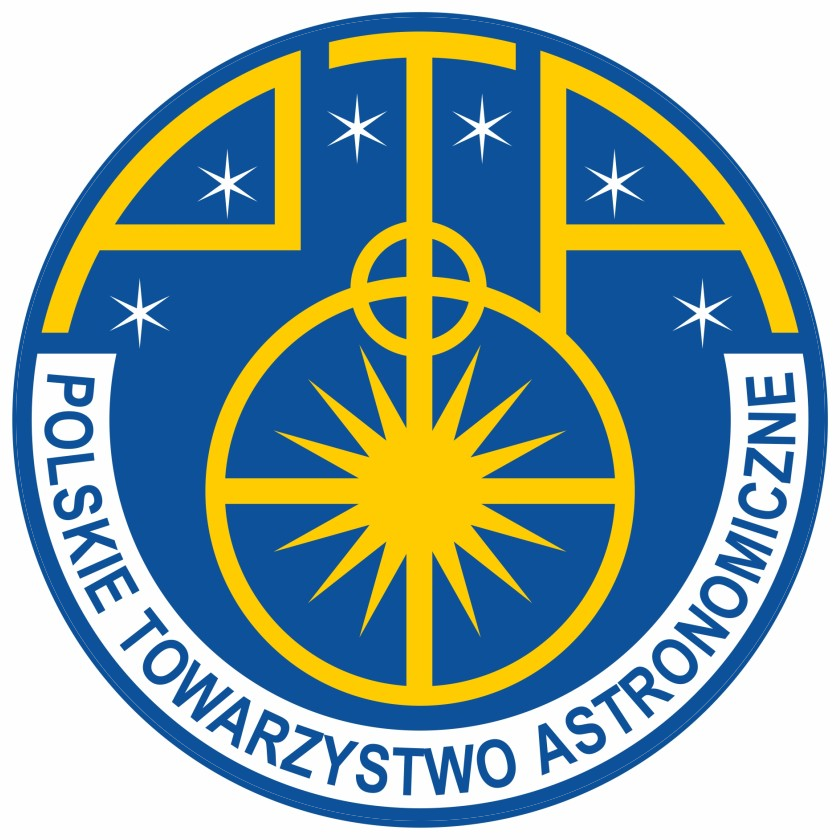Agnieszka Kryszczyńska
Instytut Obserwatorium Astronomiczne, Uniwersytet im. Adama Mickiewicza
w Poznaniu
Sesja III: Układy planetarne i małe ciała
Wtorek 12.09.2023 15:00 – 15:15
abstrakt:
Multifilter photometry based on different sky surveys is commonly used in estimating taxonomy of individual asteroids. Colour indices are often used to study the distribution of asteroids across the Solar System as well as in determination of size distribution of asteroid families, their age relation and in providing implications to the Solar System evolution.
The widely used Bus-DeMeo taxonomy and its extensions are based on VIS-NIR asteroid spectra which are available for a limited number of objects (thousands out of over a million of asteroids known in our Solar System).
These measurements require a high demand of observing time by ground-based telescopes.
In our work we study what are the most efficient machine learning (ML) algorithms to link the spectro-photometric measurements arriving from various large sky surveys to the Bus-DeMeo taxonomy.
We carried out several experiments to investigate which ML methods are the best for predicting asteroid types and complexes. Using simulated fluxes from 11 different space and ground- based surveys we found that best performing surveys are Euclid and VISTA reaching 85 and 93% of balanced accuracy.
Those surveys cover the pyroxene and olivine IR absorption bands. Moreover we found that selecting the right machine learning algorithm can improve the accuracy by a factor of two in the most extreme cases. Among the studied methods multi-layer perceptron and gradient boosting resulted in the highest balanced accuracy. Modern wide-field surveys can record thousands of asteroids, using the right ML algorithms can improve the accuracy of taxonomic classification, the algorithm should be optimized for each sky survey individually.
Using ML algorithms we find also a set of photometric passbands which will give optimal results for spectrophotometric classification of asteroids’ into taxonomic types and classes. We find that to determine the taxonomic complexes with a balanced accuracy of 85%, a set of five spectrophotometric bands is required. For taxonomy type determination with the balanced accuracy of 80% a set of eight bands is necessary. Furthermore, only a 3 band system is enough for distinguishing the C complex asteroids with the 92% balanced accuracy. These results can be used for designing future asteroid multifilter sky surveys.
